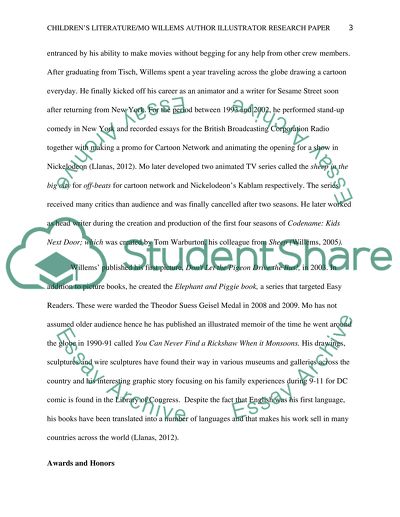Cite this document
(“Author and Illustrator. Mo Willems Research Paper”, n.d.)
Author and Illustrator. Mo Willems Research Paper. Retrieved from https://studentshare.org/literature/1464556-author-and-illustrator-mo-willems
Author and Illustrator. Mo Willems Research Paper. Retrieved from https://studentshare.org/literature/1464556-author-and-illustrator-mo-willems
(Author and Illustrator. Mo Willems Research Paper)
Author and Illustrator. Mo Willems Research Paper. https://studentshare.org/literature/1464556-author-and-illustrator-mo-willems.
Author and Illustrator. Mo Willems Research Paper. https://studentshare.org/literature/1464556-author-and-illustrator-mo-willems.
“Author and Illustrator. Mo Willems Research Paper”, n.d. https://studentshare.org/literature/1464556-author-and-illustrator-mo-willems.


